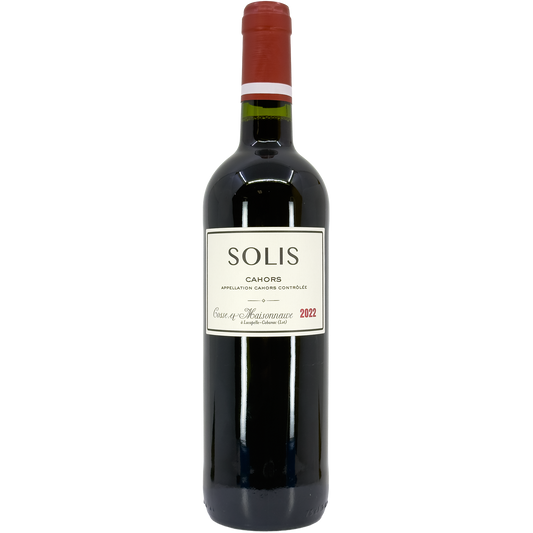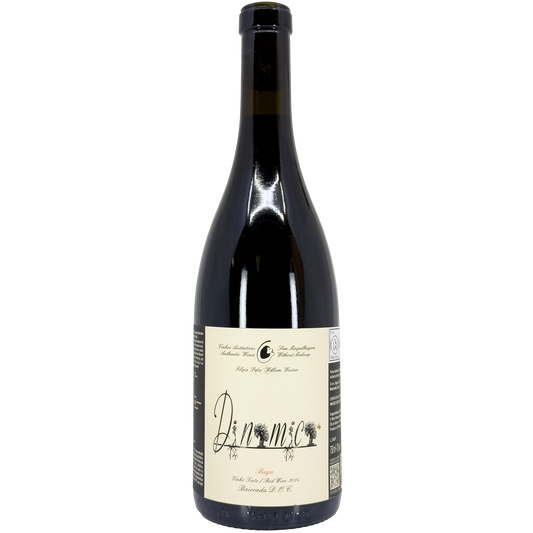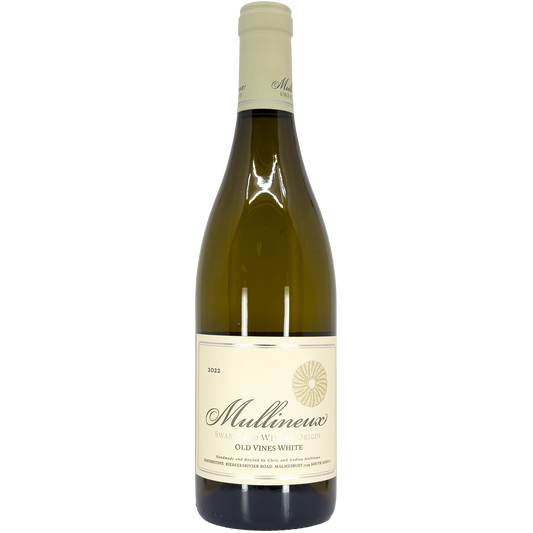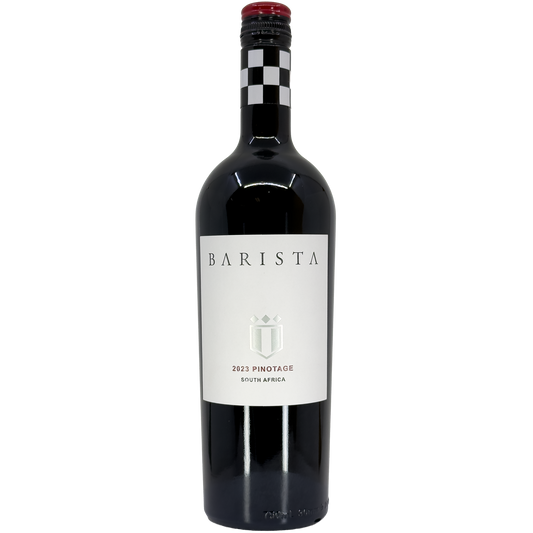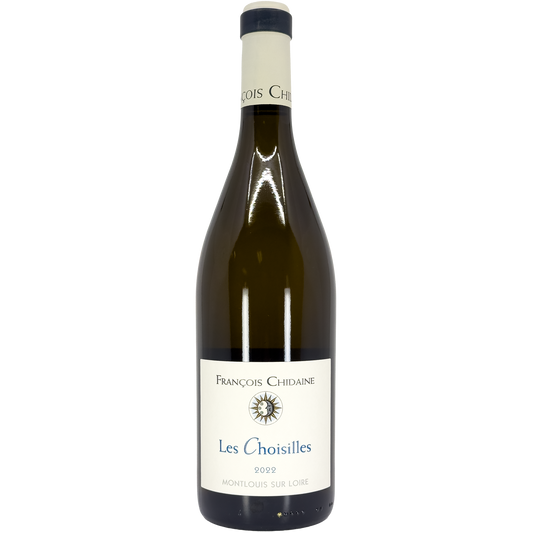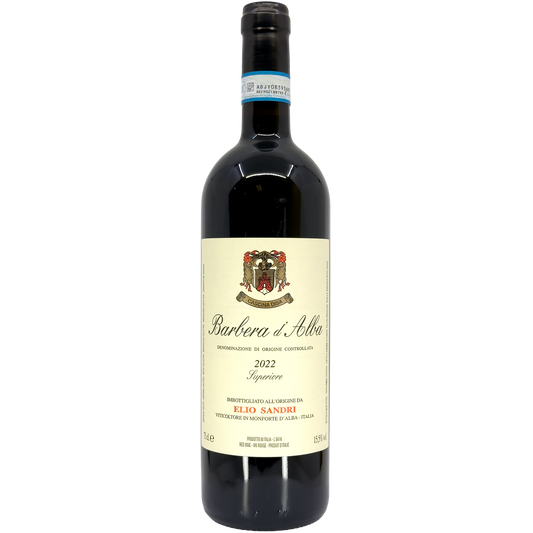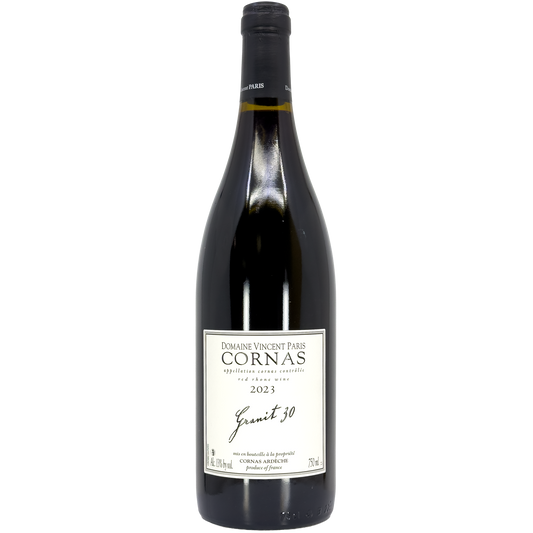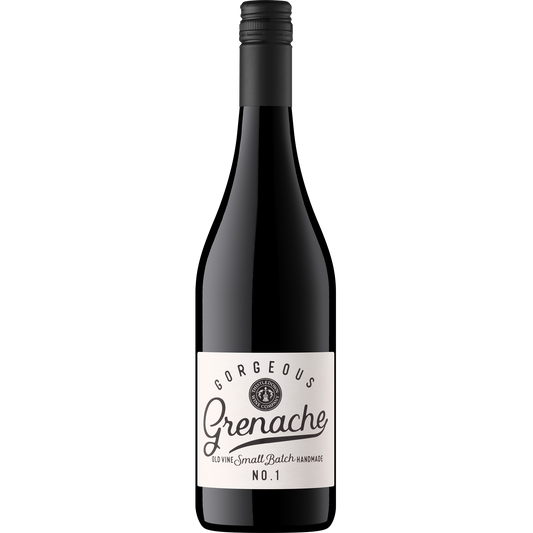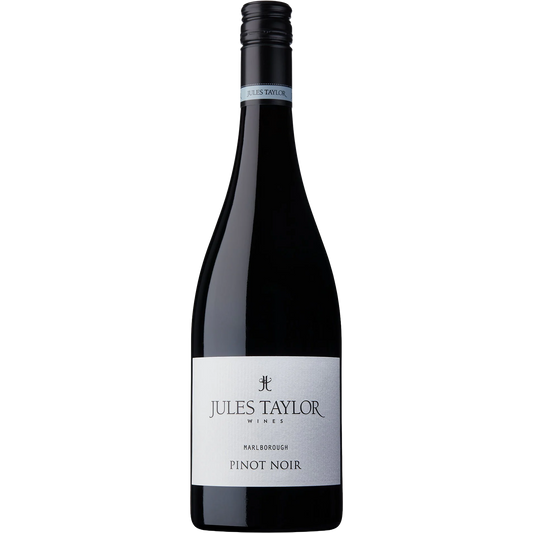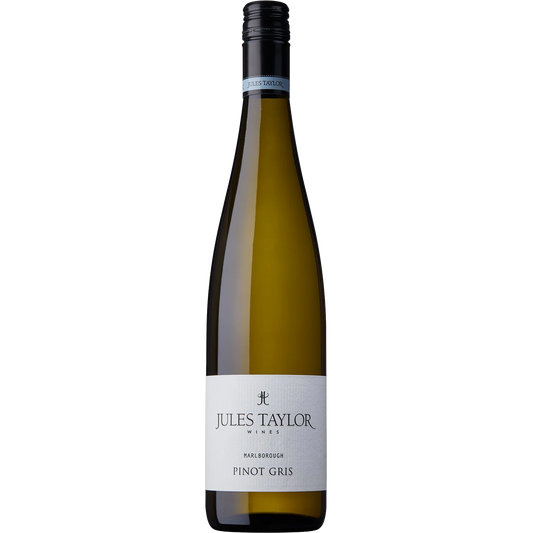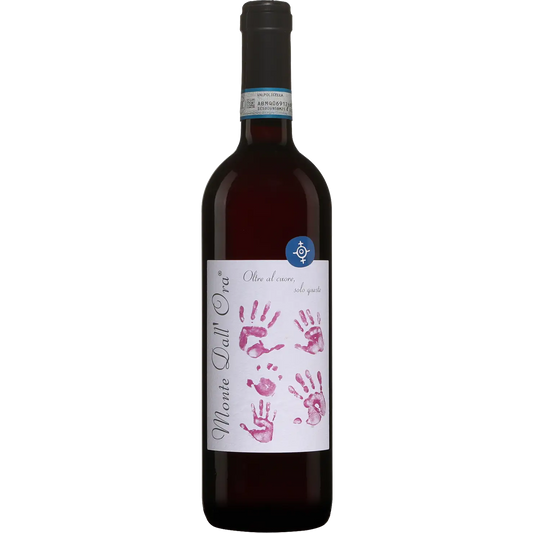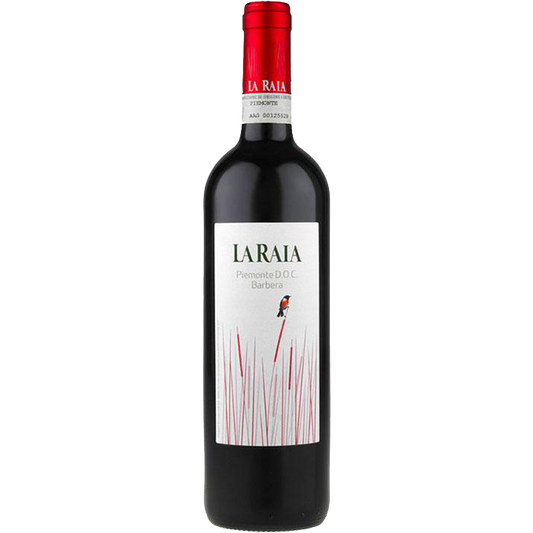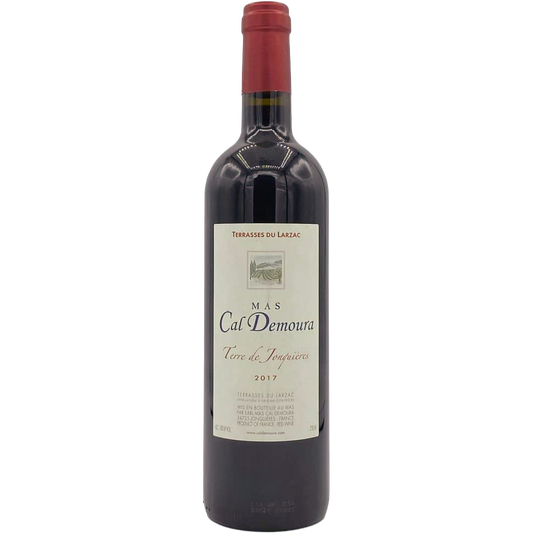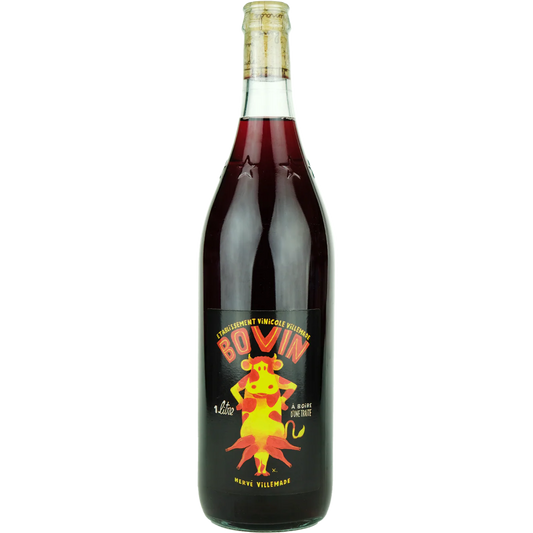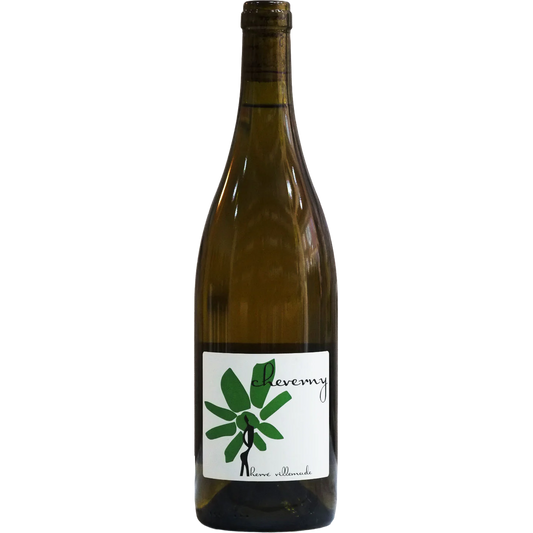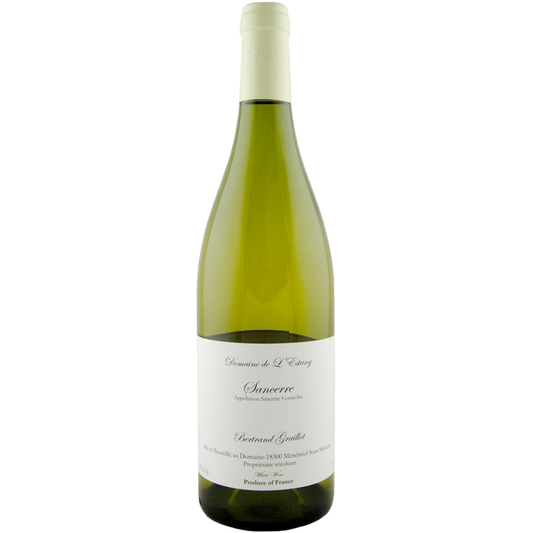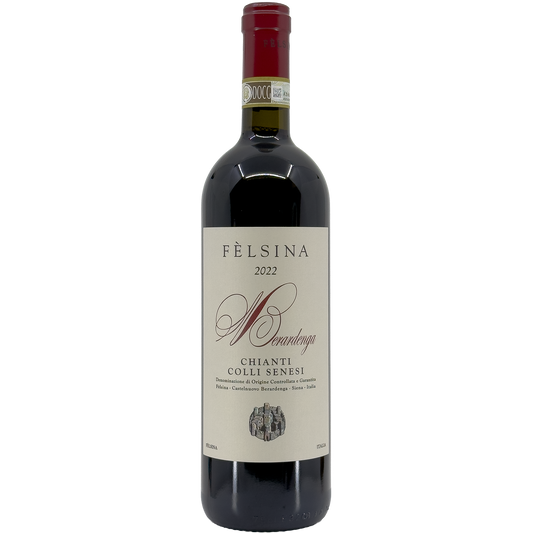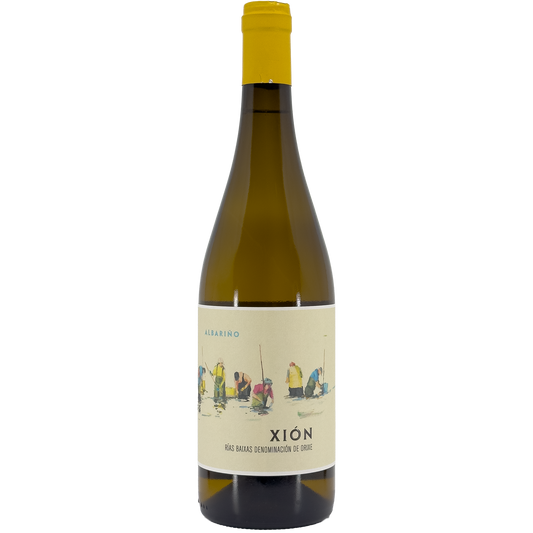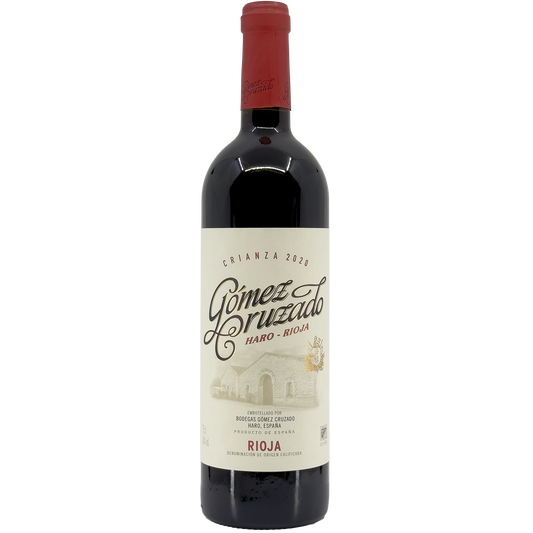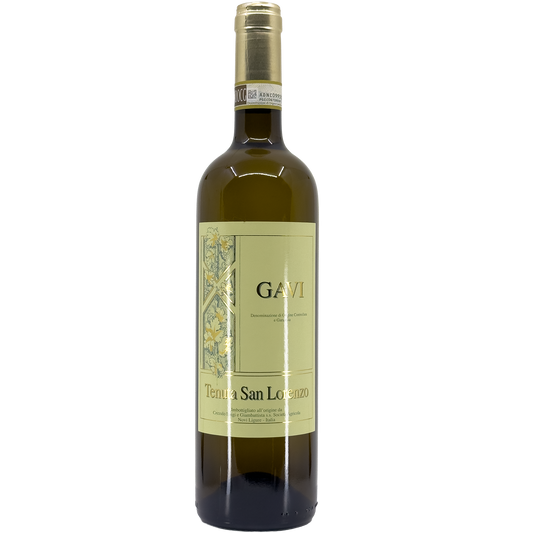Red wine is sophisticated elegance in a bottle. However, a quality bottle of red isn't limited to the white table-clothed dining in high-end steak houses. Read below to see how you can enjoy this robust complement to your dining.
Red Wines:
Cabernet Sauvignon

Cabernet Sauvignon is a red wine sourced from grapes in various climates and regions worldwide. Most popularly, though, you'll find them sourced in Napa Valley. Cabernet Sauvignon is well known for its full, rich taste and firm tannins. You'll find notes of dark fruits like blackcurrant in addition to woodsy flavors from the barrels it's been aging in. These notes could be cedar, oak, or herbs.
This wine's top food pairings include red meats like steak, a good burger, venison, roast or grilled lamb, portobello mushrooms, and hard cheeses.
View our Cabernet Sauvignon selection here.
Pinot Noir

Pinot Noirs are dry, light to medium-bodied, and present with silky tannins. These wines are most famous for their cherry, red berry, stewed fruit aromas, and typical fruit-forward taste. Popular growing regions in the US are the Willamette Valley and California, but pinot noir grapes are grown worldwide, including in Germany, France, Switzerland, and Northern Italy.
The best food pairings for Pinot Noirs come in a range, but you can't go wrong with fatty fish, roasted chicken, or stews (if it's a more tannic Pinot.)
View our Pinot Noirs selection here.
Bordeaux

What Is Bordeaux Wine? Simply put, Bordeaux is a wine produced in Bordeaux, France. These red wines blend classically French grape varieties, which include Cabernet Sauvignon, Merlot, Cabernet Franc, Malbec, and Petit Verdot. A medium to full-bodied wine Bordeaux's is known for packing a punch!
Pair it with something as simple as a succulent roast chicken with a side of salad greens, or, if you are feeling très Bordeaux, try it with braised chicories and skewers of smoky bacon and scallop brochettes à la Richard Olney.
View our Bordeaux selection here.
Zinfandel

Zinfandels are bold red wines beloved for their jammy, dark-fruited flavor. Although they are typically on the darker side, they also have the capability of having bright flavors. There's a great debate about the difference and significance between an Old Vine Zin and bottles made from simply zinfandel grapes. To earn the old vine distinction, the vines must be at least 25 years old (preferably 50 years or older). While there is no legal definition or standard for old vine zin, it is commonly understood that older vines produce fewer grapes, meaning there is a higher flavor concentration in the fruit. Some of the most notable old vine zin vineyards are located in California.
The best pairings for Zinfandel are barbecue dishes, stews and braises, meaty pasta, and roasted vegetables.
View our Zinfandel selection here.
Whether you are a red enthusiast or just starting to enjoy the complex flavor profiles of red wine, these varietals lend a sophistication that opens up the palette and adds an entirely new dimension to your favorite foods.










